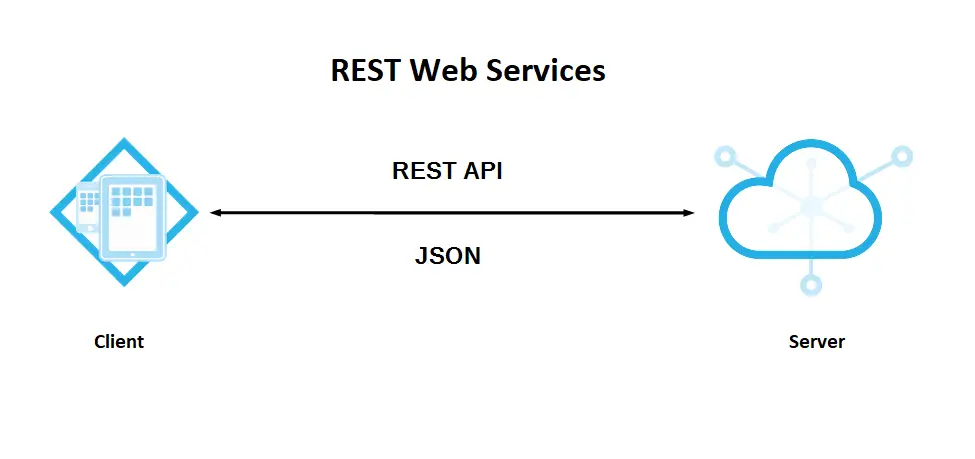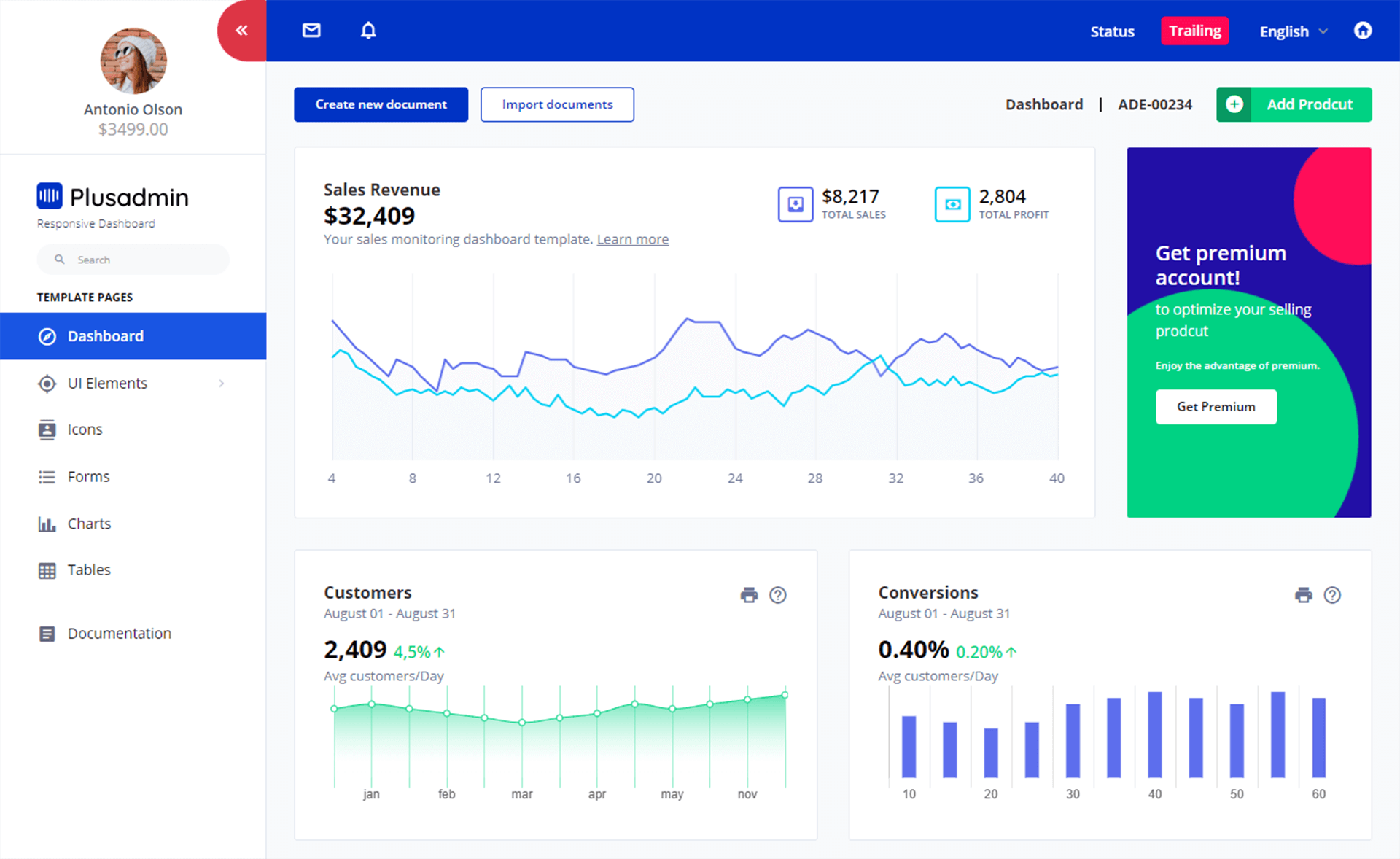How to use the Buffer Class in C#
By Tan Lee Published on Jan 06, 2025 621
In .NET, buffering involves manipulating unmanaged memory, which is represented as an array of bytes.
By using the System.Buffer class, you can efficiently manage memory for operations that require direct memory access or manipulation.
The Buffer class in .NET includes the following methods:
- BlockCopy: Copies data from a source array to a target array at specified offsets.
- ByteLength: Returns the total number of bytes in an array.
- GetByte: Retrieves a byte from a specified location in an array.
- SetByte: Sets a byte at a given location in an array.
- MemoryCopy: Copies bytes between memory addresses (supports both 32-bit and 64-bit versions).
Using arrays and buffers in C#
The Array class in the System namespace has a Copy() method to copy data between arrays. The Buffer.BlockCopy() method in the Buffer class serves a similar purpose but is faster than Array.Copy(). BlockCopy works by copying bytes from the source array to the destination, rather than copying individual elements. Additionally, the Buffer class includes methods like ByteLength, GetByte, and SetByte.
Copy bytes between two arrays in C#
You can use the Buffer.BlockCopy method to efficiently copy bytes from one array to another.
For example, how to copy bytes from an integer array to another array:
static void Main()
{
int[] arr1 = new int[] { 10, 20, 30, 40, 50 };
int[] arr2 = new int[10];
int sourceOffset = 0;
int destinationOffset = 0;
int count = 2 * sizeof(int);
Buffer.BlockCopy(arr1, sourceOffset, arr2, destinationOffset, count);
for (int i = 0; i < arr2.Length; i++)
{
Console.WriteLine(arr2[i]);
}
Console.ReadKey();
}When you run this program, it will copy the first two elements from arr1 to arr2 and output the following in the console:
10 20 0 0 0 0 0 0 0 0
This example shows how Buffer.BlockCopy can be used to copy raw bytes from one array to another, and how the destination array (arr2) is filled with the copied values followed by default zeros.
Find the byte length of an array in C#
To determine the length of an array, you can use the ByteLength method of the Buffer class.
static void Main()
{
int[] arr1 = new int[] { 10, 20, 30, 40, 50 };
int[] arr2 = new int[8];
Console.WriteLine("The length of arr1 is: {0}", Buffer.ByteLength(arr1));
Console.WriteLine("The length of arr2 is: {0}", Buffer.ByteLength(arr2));
Console.ReadKey();
}When you run the program, the output will be:
The length of arr1 is: 20 The length of arr2 is: 32
In this case, the ByteLength method returns the number of bytes in each array, reflecting their respective sizes.
Additionally, the SetByte and GetByte methods of the Buffer class allow you to set or retrieve individual bytes from an array.
static void Main()
{
byte[] arr1 = { 10, 50, 100, 150 };
int length = Buffer.ByteLength(arr1);
Console.WriteLine("The original array is as follows:");
for (int i = 0; i < length; i++)
{
byte b = Buffer.GetByte(arr1, i);
Console.WriteLine(b);
}
// Modify the array
Buffer.SetByte(arr1, 2, 200);
Buffer.SetByte(arr1, 3, 250);
Console.WriteLine("The modified array is as follows:");
for (int i = 0; i < length; i++)
{
byte b = Buffer.GetByte(arr1, i);
Console.WriteLine(b);
}
Console.ReadKey();
}When you run this program, the output will be:
The original array is as follows: 10 50 100 150 The modified array is as follows: 10 50 200 250
In this example:
- The GetByte method retrieves each byte of the original array (
arr1). - The SetByte method modifies the array by changing the values at the specified positions.
The Buffer class offers improved performance for manipulating memory regions containing primitive types. It's ideal for scenarios requiring efficient memory manipulation and fast access to data stored in memory.





